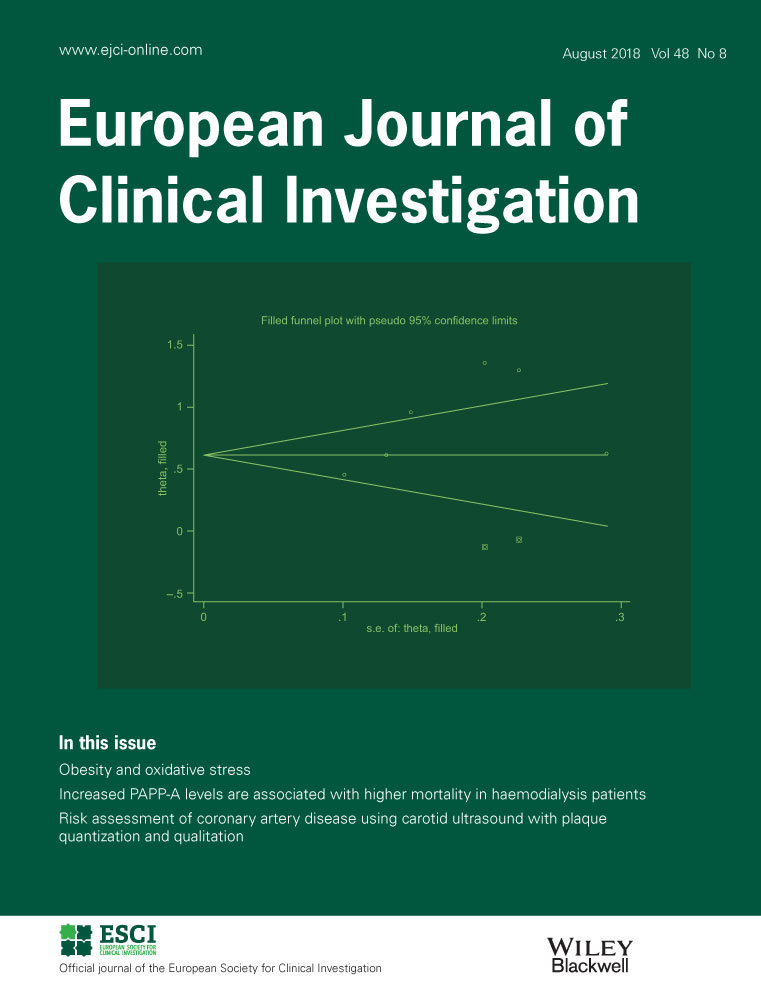Cardiovascular benefits of early rhythm control and healthy lifestyle in young atrial fibrillation
Abstract
Background
Limited evidence exists regarding the consistent and synergistic benefits of early rhythm control (ERC) and healthy lifestyle (HLS) on major adverse cardiovascular events (MACEs) in young patients with atrial fibrillation (AF).
Aims
To evaluate the individual and synergistic benefits of ERC and HLS on MACEs in young AF patients.
Methods
In an observational cohort study using a Korean nationwide claims database, new-onset AF patients (age 20–<65 years) were included. ERC was defined as rhythm control treatment within 2 years of AF diagnosis, and HLS as having at least two healthy lifestyle behaviours (quitting smoking/abstaining from alcohol/regular exercise). Patients were grouped into: without ERC and HLS (n = 28,809); HLS alone (n = 41,827); ERC alone (n = 10,962); and both ERC and HLS (n = 16,594). The primary outcome was MACEs, and the secondary outcomes included ischaemic stroke, myocardial infarction, heart failure hospitalisation and all-cause death. Multivariable Cox regression analysis assessed HR for MACEs.
Results
A total of 98,192 patients were analysed (mean age, 53.3 ± 9.0 years; 35.2% females; mean CHA2DS2-VASc score, 1.6 ± 1.3). The ERC and HLS groups were significantly associated with a lower risk of MACEs (ERC: HR .765; 95% CI .722–.810, p < .001 and HLS: HR .813, 95% CI .770–.860, p < .001) compared to those without ERC and HLS; both the ERC and HLS groups were associated with the lowest risk of MACEs (HR .616, 95% CI .569–.666, p < .001). Similar trends were observed for ischaemic stroke among secondary outcomes.
Conclusions
ERC and HLS were individually and synergistically associated with a significantly lower risk of MACEs in young AF patients.


 求助内容:
求助内容: 应助结果提醒方式:
应助结果提醒方式:


